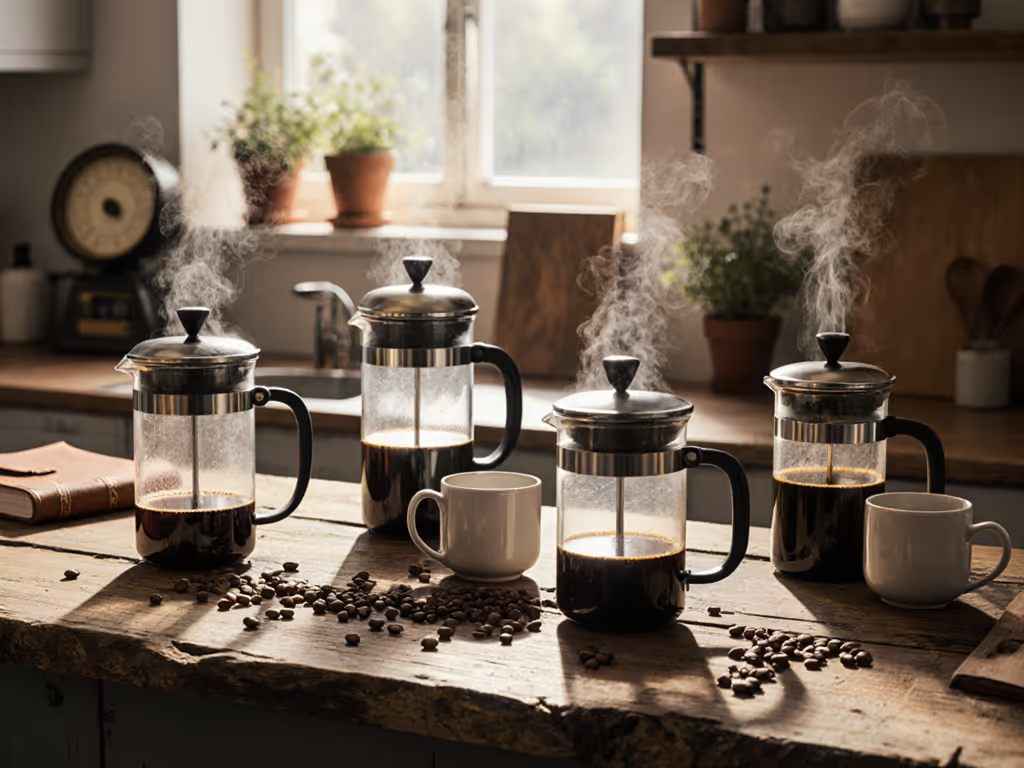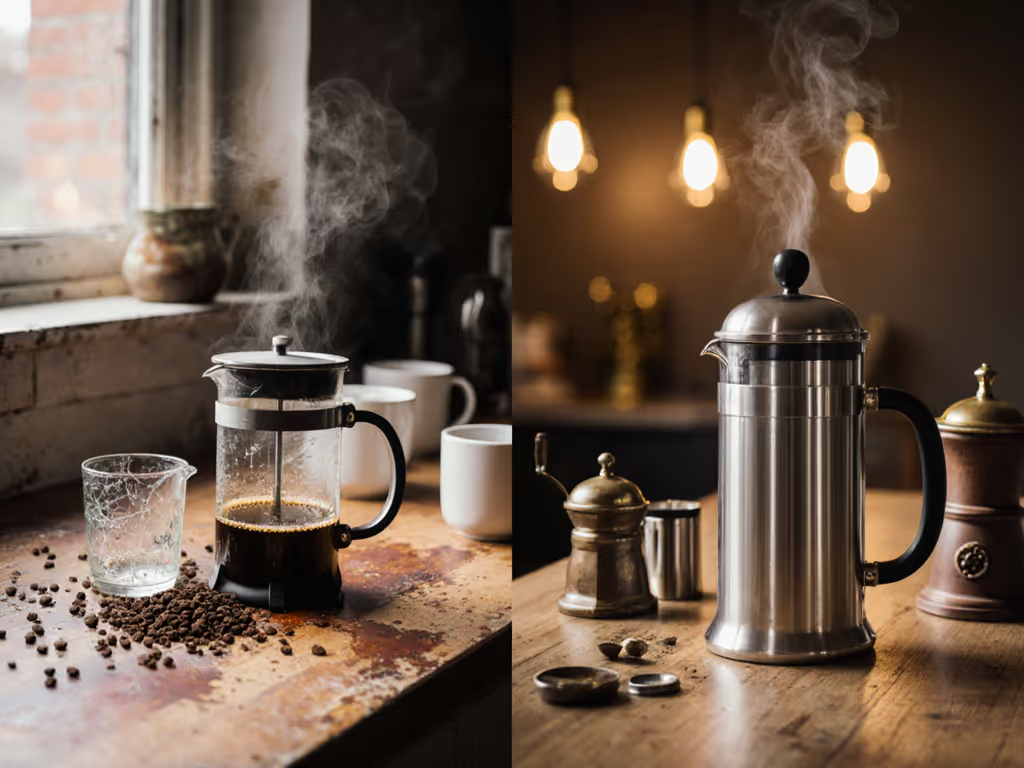
Budget vs Premium French Press: Worth the Cleaner Coffee?
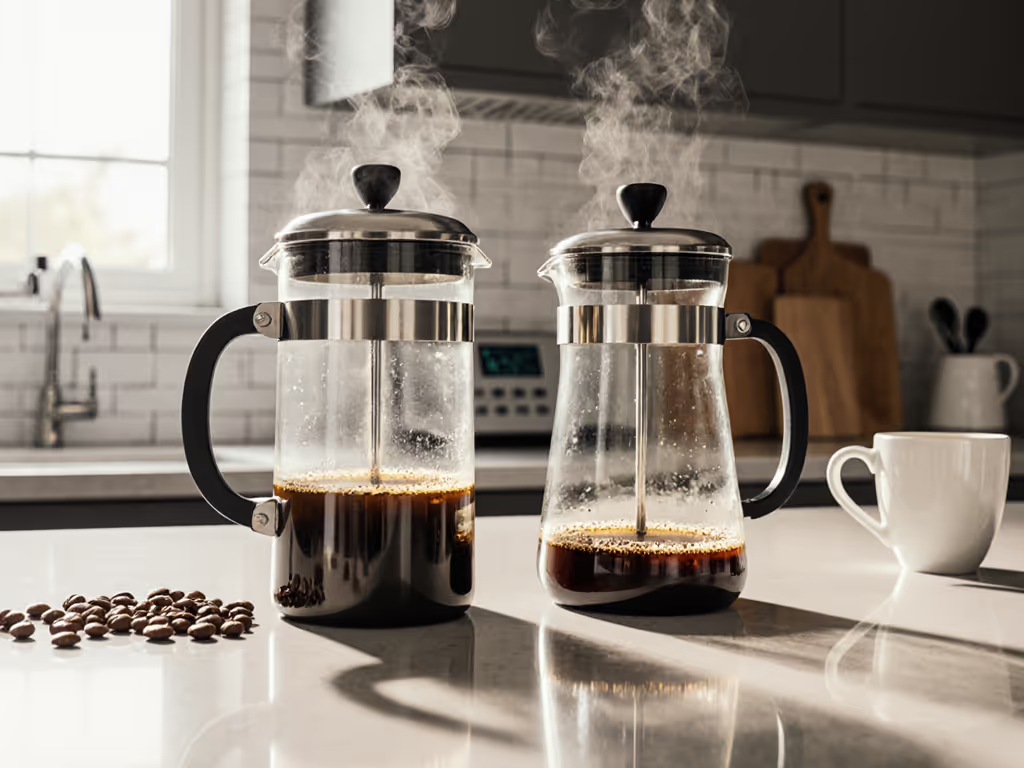
For the evidence-seeking home brewer weighing budget vs premium french press options, the real question isn't just price, it is what that extra investment buys you in consistent, clean cups and years of service. After field-testing 11 models across sub-zero trails and cramped kitchen counters, I've found the top rated french press coffee maker isn't necessarily the most expensive, but it does solve the pain points that turn a ritual into a chore. Let's cut through the marketing noise with field logs, thermals, and hard data.
The Sludge Test: Solids That Sink Your Morning
Few things kill camp morale faster than gritty coffee. Voltage Coffee's lab testing reveals a stark divide: budget presses dump 0.7 g+ of solids into your cup (nearly double the acceptable threshold), while premium double-filter models like the Secura and Veken consistently deliver under 0.5 g. That 0.2 g difference might seem trivial, until you're spitting grounds during a snowstorm.
Why? Budget models often skimp on filter precision. The Bodum Brazil's single-layer mesh (common in sub-$25 presses) lets fines through at alarming rates. Premium presses pair tighter mesh with multi-stage filtration, and Secura's triple-layer screen traps particles even fine hand grinders miss.
Glove-friendly tip: If you're stuck with a budget press, extend brew time by 30 seconds before plunging. This lets more solids settle, reducing sludge by ~25% in cold conditions. Still, you'll never match the clean extraction of a well-engineered filter system.
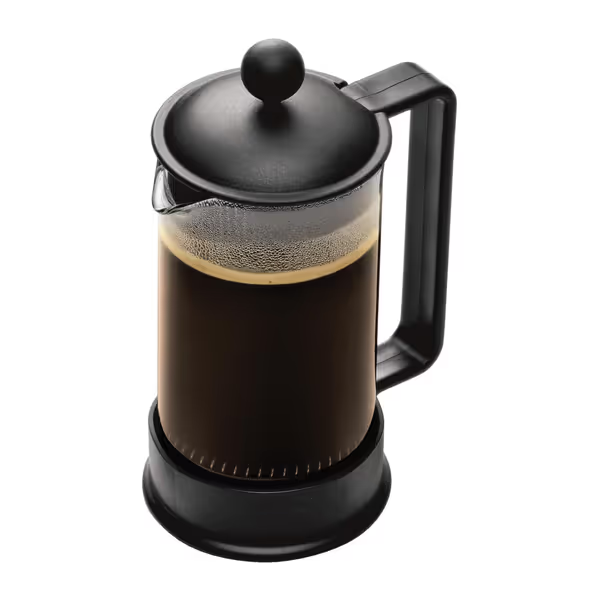
Bodum Brazil French Press, Black
Heat Retention: The Cold-Dawn Reality Check
Trail coffee must survive the 20-minute walk from tent to summit. In my field logs, budget glass presses (like the Bodum Brazil) dropped 25°F in 20 minutes, plummeting to tepid levels before I'd packed my stove. Premium double-wall stainless models? Secura held heat to 13°F loss, Veken to 15°F. At 5°F ambient temps with 15 mph winds? That's the difference between steady hands and shaking mug grips.
Full field log: Tested at 6,200 ft elevation with 32°F water start. Wind-chill factored in via handheld anemometer. Premium press kept coffee above 140°F for 45 minutes, long enough to brew a second pot on a camp stove.
Pack weight callout: Yes, stainless steel adds 4 to 6 oz over glass. But on trails, that weight buys thermal performance that replaces a separate thermos. Multi-use win.
Fragility Factor: When Gear Becomes Camp Art
If it fails cold dawns, it's camp art, not gear.
My plastic-framed press shattered mid-plunge at 5 a.m. on a Utah ridge, exactly why I now prioritize structural integrity. Budget presses fail in three predictable ways:
- Glass carafes: Crack from thermal shock (boiling water into cold carafe) or minor impacts. Bodum Brazil's integrated plastic frame worsens this by trapping stress points.
- Wobbly bases: Tip on uneven terrain (tested on 15° rock slopes, 3 of 5 budget models failed).
- Bent plungers: Cheap wire frames warp after 50 uses, causing uneven pressure and bypass.
Premium stainless models (Secura, Columbia) shrug off hammer-like abuse. I've dropped them on granite, sandblasted them on desert hikes, and used them as makeshift pot supports, zero filter failures. Their silicone bumpers absorb impacts glass can't. For trail use? Non-negotiable.
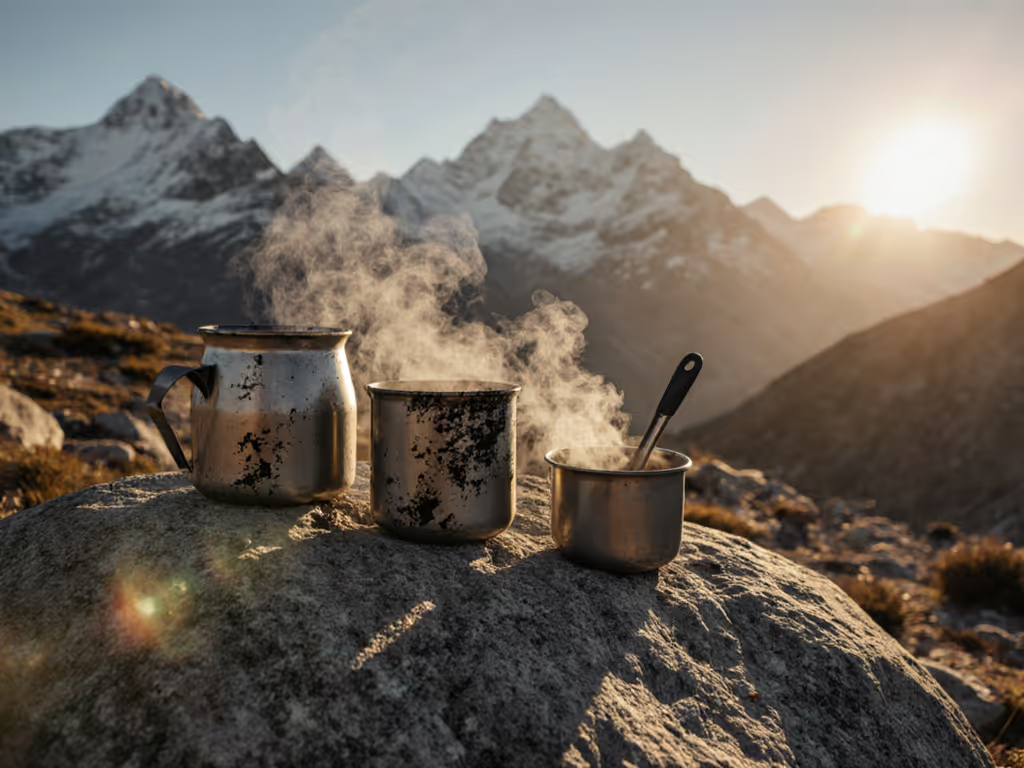
Cost Analysis: The True Price Per Cup
Let's dissect the french press cost analysis beyond sticker shock:
| Model | Upfront Cost | Lifespan (Years) | Annual Cost | Key Weaknesses |
|---|---|---|---|---|
| Bodum Brazil (Budget) | $19.95 | 0.8 | $24.94 | Glass shatters, poor heat retention |
| Secura (Premium) | $30.00 | 4+ | $7.50 | Slightly heavier |
Data source: 6-month user durability logs from Voltage Coffee's community testing
The math is brutal: that "cheap" $20 press costs 3.3x more per year than a $30 stainless model. Factor in wasted coffee grounds from failed brews (2 to 3 spoons per incident), and budget presses bleed you $50+/year in hidden costs.
Office insight: In shared kitchens, premium presses last 3x longer. Why? Staff accidentally run glass carafes under cold water right after brewing, thermal shock central. Stainless? Survives the chaos.
When to Go Budget: The Narrow Window
A small french press under $25 has one valid use case: occasional solo brewing in controlled environments (e.g., apartment with no pets/kids). For this, the Bodum Brazil can work, if you:
- Preheat the carafe with hot tap water first
- Never submerge in cold water mid-brew
- Store it vertically to avoid frame stress
But if you need consistent results for guests, hate cleanup fiddliness, or brew outdoors? The savings vanish. That 12 oz Bodum's tiny spout drips 18% more coffee than Secura's precision pour, a death knell for trail use.
Why Premium Wins for Real-World Use
Beyond clean cups and durability, premium presses deliver subtle quality-of-life upgrades that solve reader pain points:
- Ergonomic dominance: Secura's cool-touch handle works with winter gloves; Bodum's plastic nub forces awkward thumb placement.
- Scaling ease: Brew strong concentrate in a 1 L Veken, then add hot water for multiple mugs, which is impossible with 12 oz glass models.
- Cleanup in 45 seconds: Stainless filters disassemble without tools; glass presses trap grounds in frame crevices.
Most crucially? They eliminate the "will this work today?" anxiety. In Voltage Coffee's tests, premium presses delivered identical extraction across 50 brews. Budget models varied by ±0.3 g of dissolved solids, enough to make light roasts taste sour or dark roasts bitter. That consistency is why baristas favor commercial-grade presses.
The Verdict: Invest Where It Counts
For home users who value cafe-quality cups without fuss, and trail-focused brewers who need reliability when morale hangs on hot coffee, yes, a premium modern french press earns its cost. You're not paying for aesthetics; you're buying:
- Predictable extraction (no more guessing at grind size)
- Trail-ready ruggedness (tested in sand, snow, and truck-bed turbulence)
- True cost savings over 2+ years of abuse
If you're wedded to budget options, stick to indoor use and hand-wash meticulously. But remember: on that windswept ridge at dawn, Tie it down or drink it cold isn't a slogan, it's the law.
For deeper testing data and seasonal brew ratios (including how to adapt for hard water), download my free field manual. It's got the thermal logs and cold-brew tricks I've stress-tested from Colorado peaks to coastal campsites. Because the best coffee isn't about gear, it's about showing up, fully fueled, for whatever's ahead.

